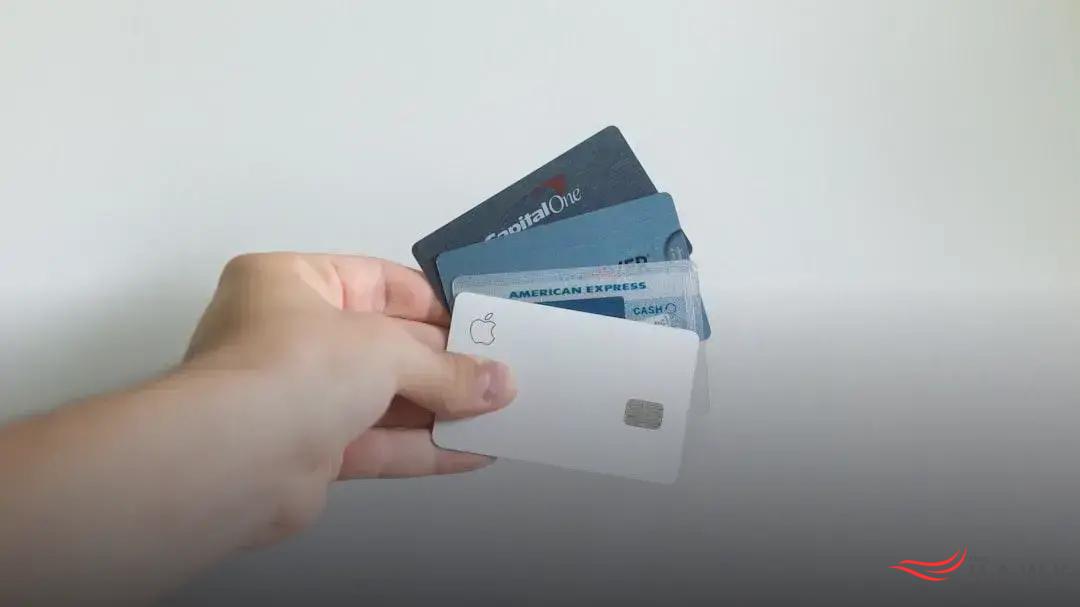Are you curious about how to start mining cryptocurrency in 2025? This guide will help you explore the essentials, from choosing the right cryptocurrency to understanding hardware and software setup. With the increasing popularity of blockchain technology, mining remains a lucrative venture for many. Let’s dive in and explore how you can start mining effectively and profitably in the upcoming year.
Choosing the Right Cryptocurrency to Mine
When it comes to Choosing the Right Cryptocurrency to Mine, the decision can greatly affect your profitability. Begin by researching the most popular and emerging cryptocurrencies. Look into their market performance, overall acceptance, and historical value changes. Utilizing mining calculators can help compare potential coins. Pay attention to factors such as block rewards, network difficulty, and hash rate requirements for each option. Additionally, consider the long-term outlook for the currencies—some might promise short-term gains, but others could be better for future value growth.
It’s critical to know the consensus algorithms used by various cryptocurrencies. Proof of Work (PoW) and Proof of Stake (PoS) are the most common, each with its own set of implications on the mining process. Evaluate the energy consumption and environmental impact associated with mining each type. It’s also important to look into community support and developer activity around a cryptocurrency, as these can indicate the currency’s stability and future growth potential.
To make a well-informed choice, engage with communities on platforms like Reddit or dedicated forums. These spaces offer valuable insights and tips from experienced miners. By gathering information from these diverse resources, you’ll be better positioned to choose the right cryptocurrency that aligns with your mining goals and resources.
Understanding the Hardware Requirements

When considering how to start mining cryptocurrency in 2025, understanding the hardware requirements is crucial. The type of hardware you need will depend significantly on the cryptocurrency you decide to mine. Graphics Processing Units (GPUs) and Application-Specific Integrated Circuits (ASICs) are two of the most common choices for mining various cryptocurrencies.
Graphics Processing Units (GPUs) are versatile and can mine a variety of coins. They are ideal for beginners due to their flexibility and accessibility. Look for a balance between power consumption and processing power to optimize mining efficiency.
Application-Specific Integrated Circuits (ASICs) are specialized hardware designed for specific algorithms. They are highly efficient and can mine particular coins faster than GPUs. However, they come with a higher initial cost and lack flexibility in terms of the different currencies you can mine with them.
To start, assess your budget for initial hardware purchases. Ensure your hardware is compatible with the software you plan to use and meets the demands of the cryptocurrency network’s computational requirements. Consider the electricity consumption of your chosen equipment, as this will contribute to ongoing operational costs.
Upgradeability is another factor—ensure that your hardware can keep pace with technological advancements and network difficulty adjustments. Investing in scalable hardware can potentially extend the lifespan and return on investment of your mining operations.
Setting Up Your Mining Software
Installing and configuring mining software can be complex, but it’s crucial for successful cryptocurrency mining. First, ensure you have chosen software compatible with your chosen cryptocurrency. Most popular options include CGMiner, BFGMiner, and EasyMiner.
Download and Installation
Begin by downloading the software from its official website. Avoid third-party platforms to reduce the risk of malware. Once downloaded, follow the installation instructions specific to your operating system.
Configuration
After installation, set up the configuration file. This file contains critical information, such as your mining pool URL, wallet address, and machine resources. Utilizing a mining pool can increase your chances of earning, so pick one with a good reputation and low fees.
Troubleshooting
Issues can arise during setup. Common problems include hardware compatibility or software errors. Ensure your drivers are up-to-date and your system meets the software’s requirements. Online forums and community support can be beneficial in resolving issues.
Security Measures
Keep your mining software and system secured. Employ measures like updated antivirus software and firewall settings. Regularly back up configuration files and use strong passwords to protect your wallet.
Calculating Profitability and Costs

Understanding the financial side of crypto mining is vital for success. To begin, consider the electricity costs, as they are often the most significant expense. Research your local electricity rates and compare them globally to identify competitive rates. Some regions offer lower costs, making mining more profitable.
Another factor to consider is the initial investment in mining hardware. Whether you’re buying a GPU, ASIC miner, or setting up a mining rig, the cost will impact your overall profitability. Make sure to compare different models and their hash rates to determine the best investment for your budget.
Additionally, keep in mind maintenance costs. Mining equipment requires regular upkeep to ensure efficiency. Factor in the potential costs of replacing parts, as well as the time investment for ongoing maintenance.
A crucial part of your profitability calculation is the market value of the cryptocurrency you plan to mine. Crypto prices are volatile, and fluctuations can impact your return on investment. Stay informed about market trends to make more strategic mining decisions.
Finally, use online profitability calculators to help with your estimates. Input your hardware specifications, electricity costs, and pool fees to calculate potential earnings. This tool will assist in making informed decisions and forecasting your mining ventures.
Staying Updated with Mining Trends
To remain competitive in the fast-paced world of cryptocurrency mining, it’s critical to stay informed about the latest trends and technologies. Regularly follow industry news through reputable sources and newsletters. Attending webinars and joining forums can provide valuable insights into new mining technologies and strategies.
Keep an eye on new cryptocurrencies that emerge as potential mining opportunities. Since the market can shift rapidly, being adaptable is key.
Utilize tools and platforms that offer real-time data on mining profitability, hash rates, and blockchain updates. This can help you make informed decisions when it comes to investing in new equipment or changing the cryptocurrencies you mine.
Networking with other miners can offer practical advice and shared experiences that might not be available online. Following technological advancements, such as the release of more energy-efficient mining hardware, can also offer long-term benefits. Stay engaged in the mining community to continually refine your strategies.





